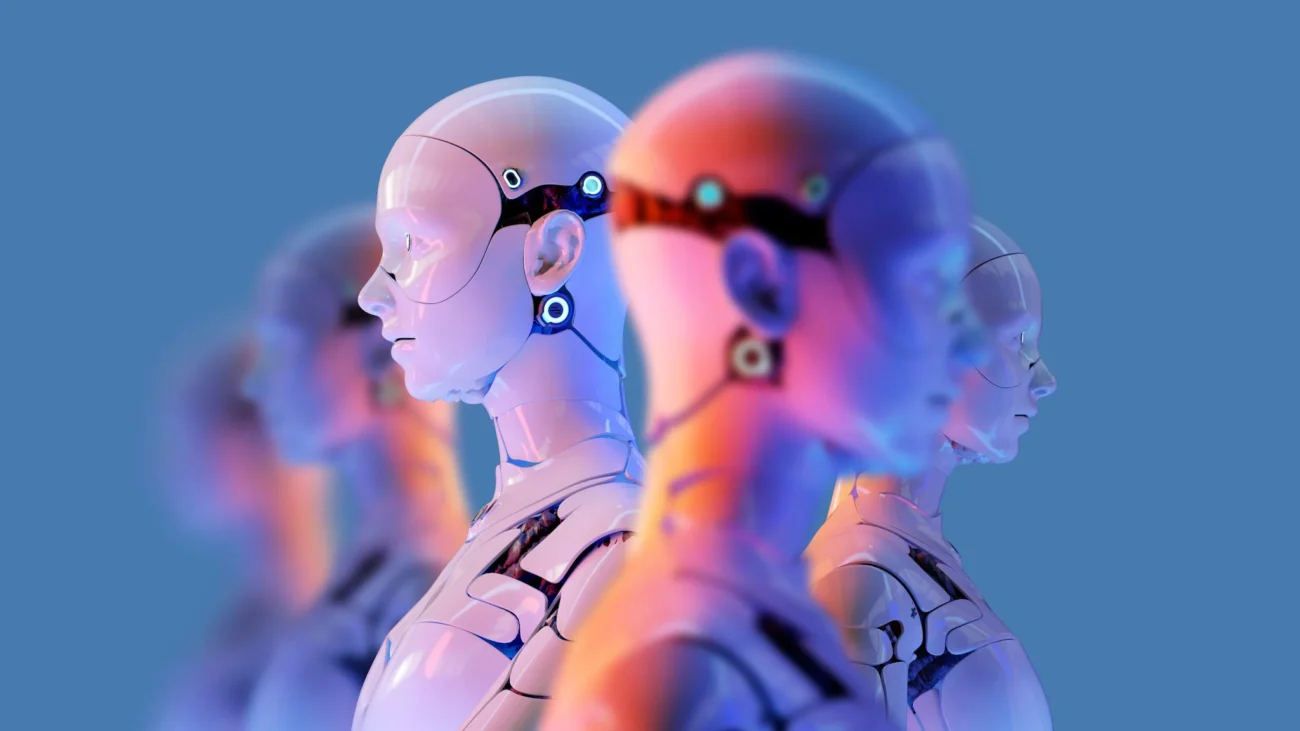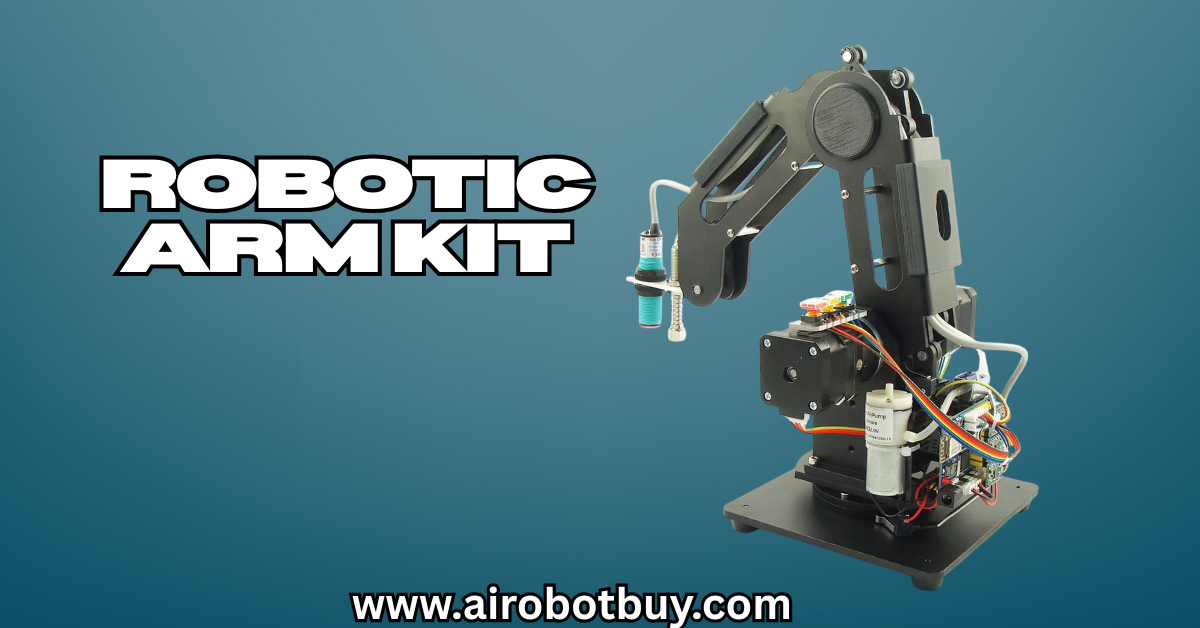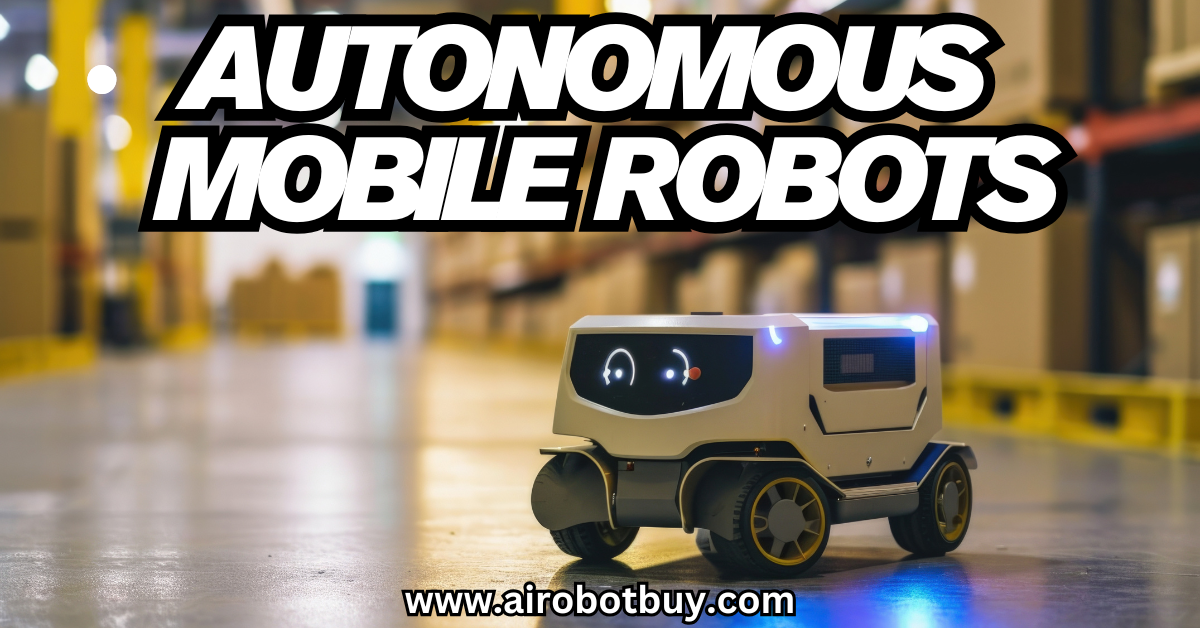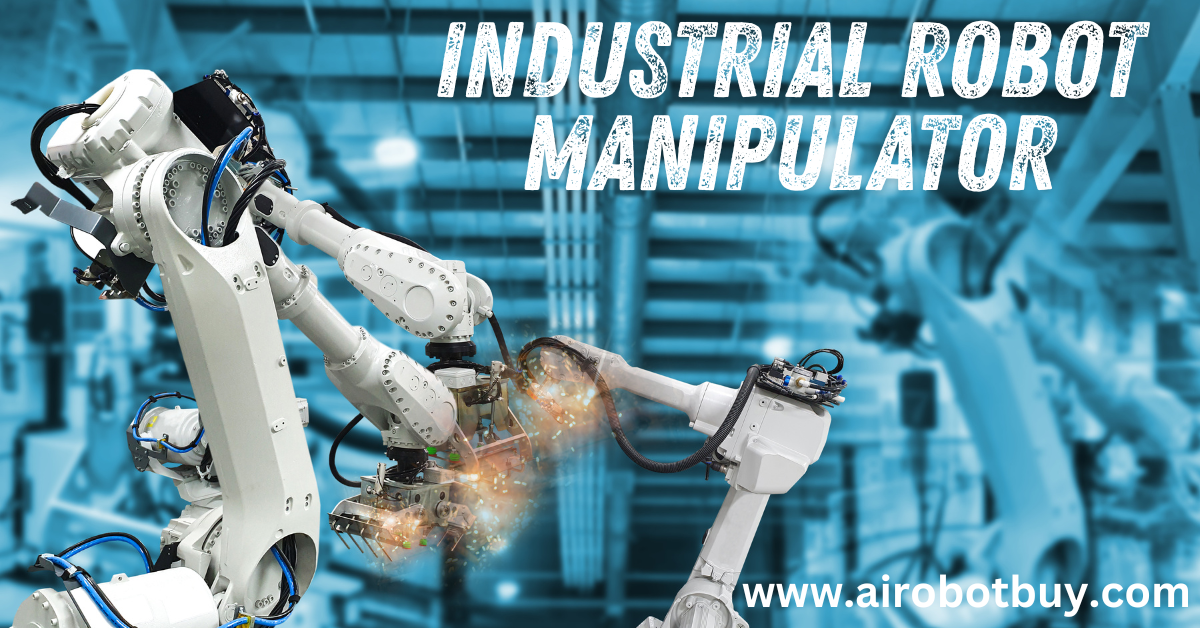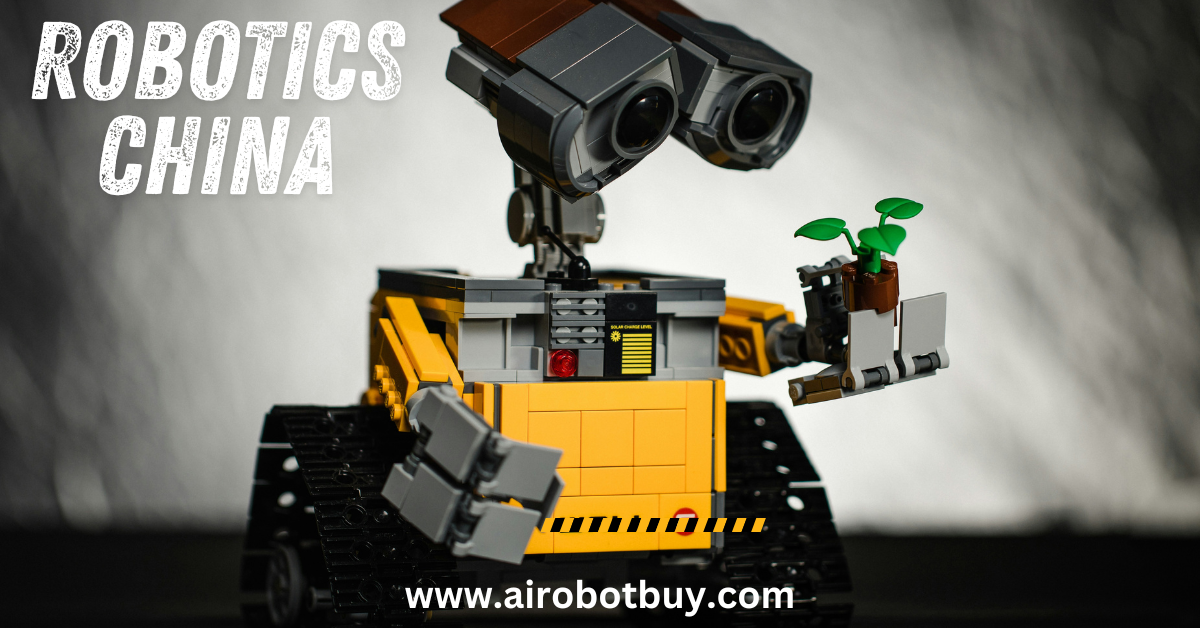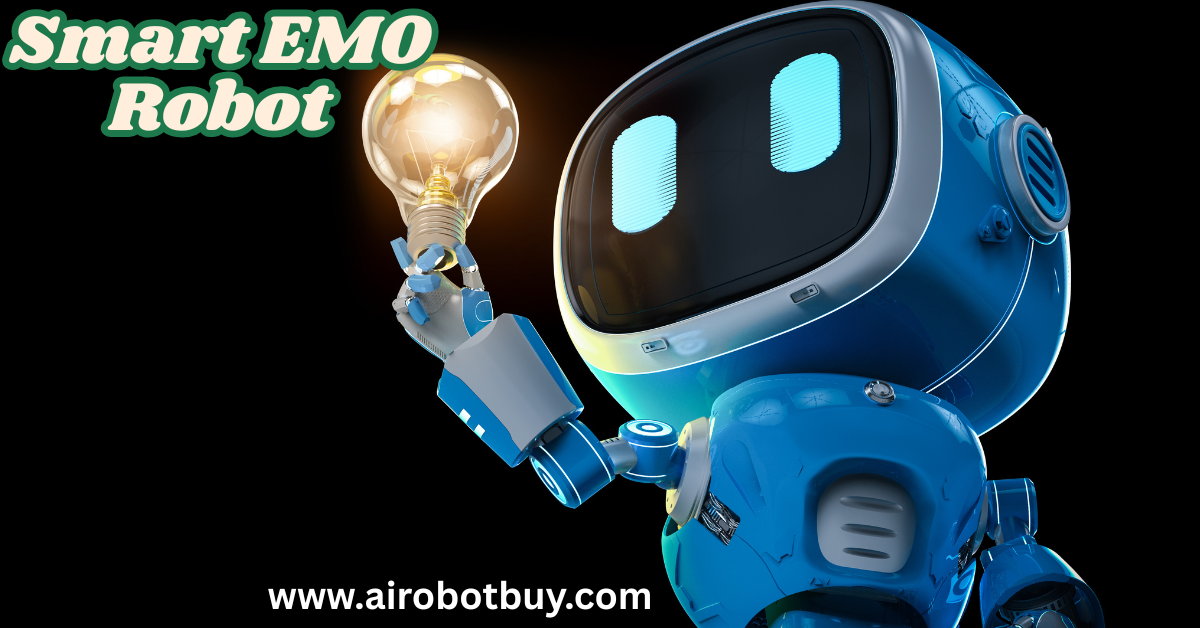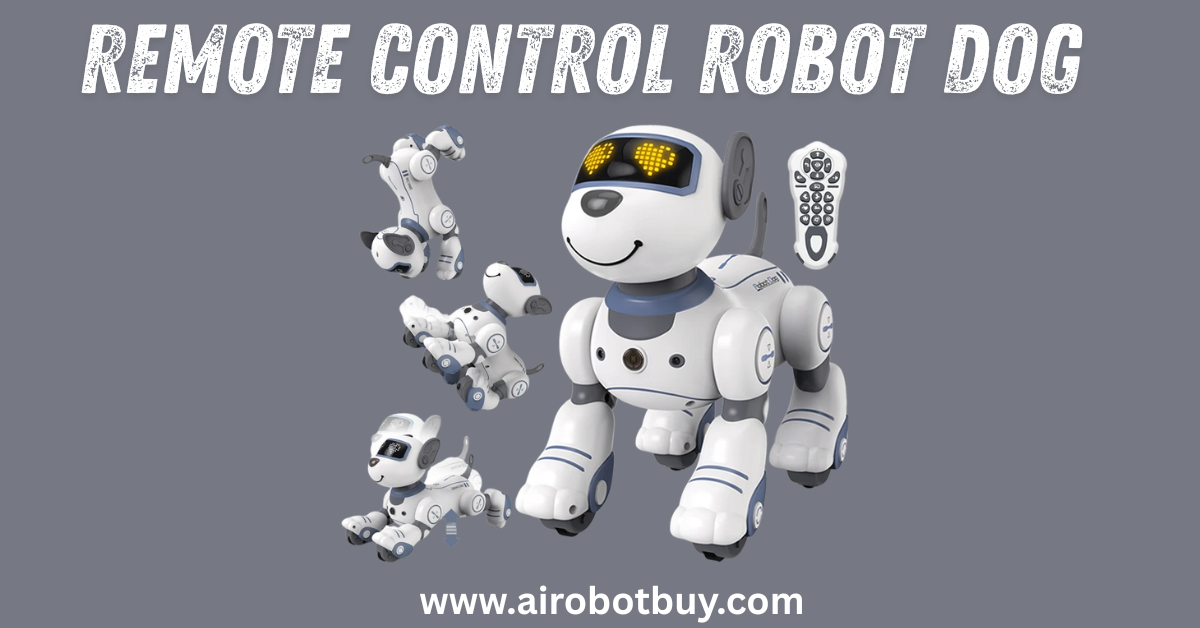Humanoid robots are revolutionizing the way humans interact with machines. Designed to mimic human appearance and behavior, these robots are being used in various industries, from healthcare to customer service. This article explores the capabilities, applications, benefits, and future advancements of humanoid robots.
What Are Humanoid Robots?
Humanoid robots are robots that resemble the human body, often featuring a head, torso, arms, and legs. They are equipped with advanced artificial intelligence (AI) and sensory systems to enable human-like communication and movement.
Key Features of Humanoid Robots
- Human-like Structure – They have a body similar to humans, making them suitable for environments designed for people.
- AI and Machine Learning – These robots use AI to learn, adapt, and improve interactions.
- Facial and Voice Recognition – Enables them to recognize people, understand speech, and respond naturally.
- Dexterous Hands and Mobility – Some can walk, run, and perform delicate tasks like grasping objects.
- Emotion Simulation – Advanced models can express emotions through facial expressions and voice modulation.
Applications of Humanoid Robot
1. Healthcare and Assistance
- Assisting elderly and disabled individuals.
- Performing routine medical check-ups.
- Acting as therapy companions for patients with special needs.
2. Customer Service and Retail
- Greeting and assisting customers in shopping malls, hotels, and airports.
- Providing information and handling inquiries in public spaces.
3. Education and Learning
- Teaching languages, science, and coding to students.
- Engaging children in interactive storytelling and learning activities.
4. Research and Development
- Used in AI and robotics research to improve machine learning models.
- Assisting in space exploration and extreme environment studies.
5. Entertainment and Media
- Acting in films, commercials, and theme park attractions.
- Providing interactive experiences in museums and exhibitions.
Benefits of Humanoid Robots
- Enhanced Human Interaction – They create a natural and engaging experience.
- Versatility – Can adapt to multiple industries and perform various tasks.
- 24/7 Availability – Unlike humans, they do not require rest, improving efficiency.
- Improved Accessibility – Assist individuals with disabilities in daily activities.
- Data Collection and Analysis – Help businesses gather customer insights through interaction.
Challenges and Limitations
- High Cost of Development – Advanced AI and robotics components are expensive.
- Ethical Concerns – Issues regarding privacy, autonomy, and job displacement.
- Energy Consumption – Many humanoid robots require significant power.
- Complex Programming – They need sophisticated algorithms to function effectively.
Future of Humanoid Robots
- Advanced AI for Emotional Intelligence – Robots will better understand and respond to human emotions.
- Integration with Smart Homes and IoT – Enhanced connectivity with home automation systems.
- Autonomous Decision-Making – AI improvements will enable independent task execution.
- Improved Mobility and Dexterity – Enhanced materials and actuators will improve their movement.
- Human-Robot Collaboration – They will work alongside humans in factories, hospitals, and offices.
Conclusion
Humanoid robots represent a significant step forward in robotics, blending AI and human-like interaction. As advancements continue, they will play an essential role in various sectors, enhancing convenience and efficiency.
Stay tuned for our next article on Autonomous Mobile Robots (AMRs) and their role in logistics and automation!



















